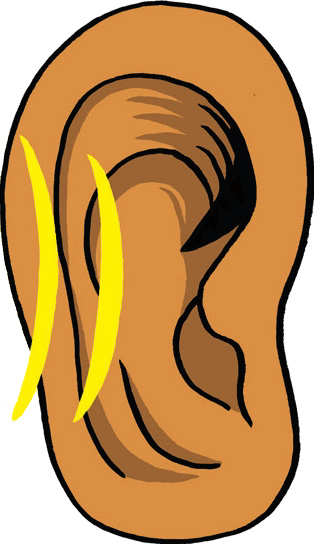

By now you’ve probably figured out that those skin-covered, seashell-looking things hanging off the sides of your head are called ears. Your ears have three main parts, most of which are actually inside your head. These parts work together to collect sounds and send them to your brain. This is how we hear. But that’s not all! For mammals like us, ears are also crucial in terms of helping our bodies stay physically balanced Without them, we’d likely get motion sickness and flop over!
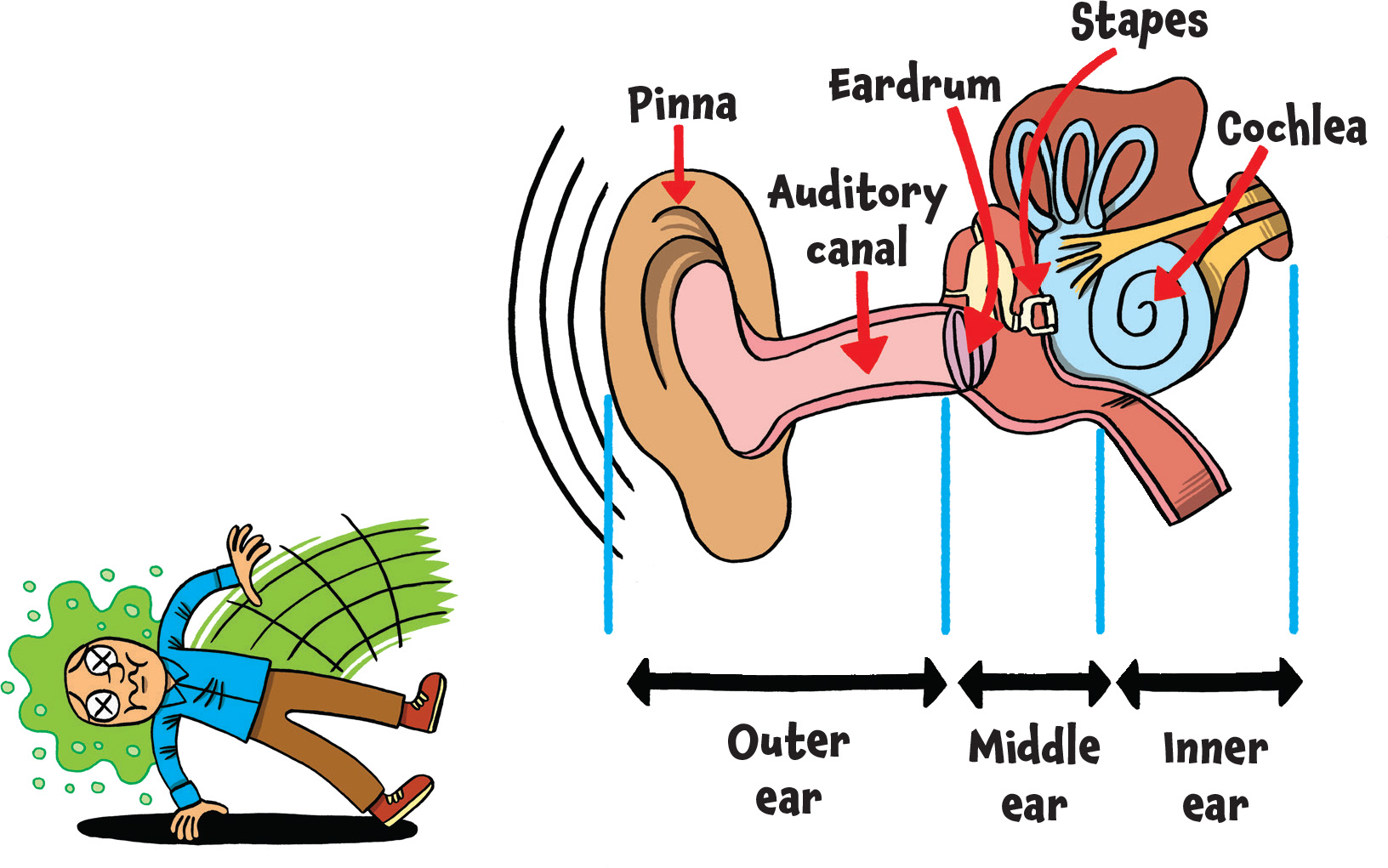


Earwax is the first line of defense against invaders like dirt and bacteria that try to work their way in through our ears. Depending on the person, earwax can be sticky, dry, or drippy, and it can range from a light yellow to a dark orange. Earwax comes in all sorts of varieties.

In a battle for the world’s juiciest earwax, the award goes to . . . KIDS! Kids have wetter earwax than grownups.
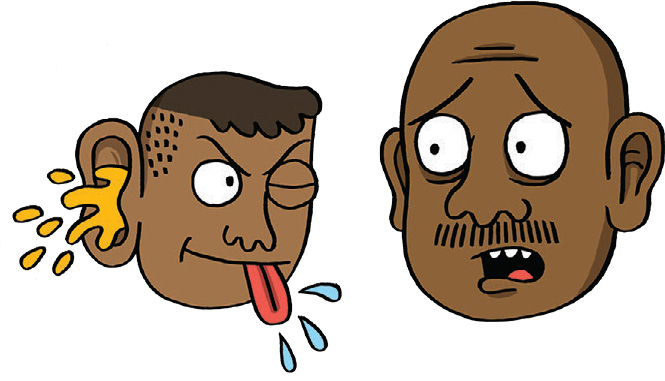
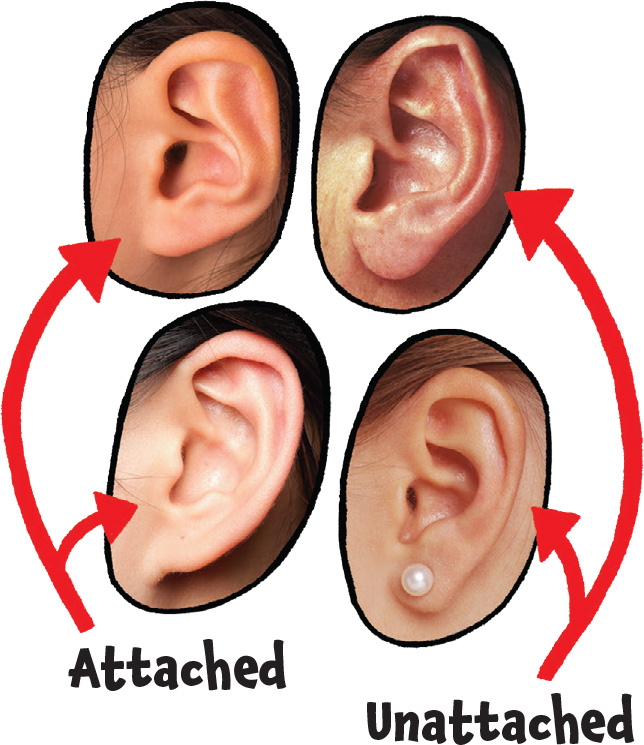
All people have earlobes, but how they’re attached is determined by several genes in the person they’re attached to! Take some time to notice the differences in the earlobes of your friends and family. Are they dangly? Are they completely attached? What earlobe style do you find most common among the people you know?
Our ancient human ancestors might have been able to hear better at higher frequencies than we can today.

Your voice sounds lower to you than it does to the person you’re talking to.
Some people have a hearing sensitivity that allows them to hear their own eyeballs moving around in their sockets!
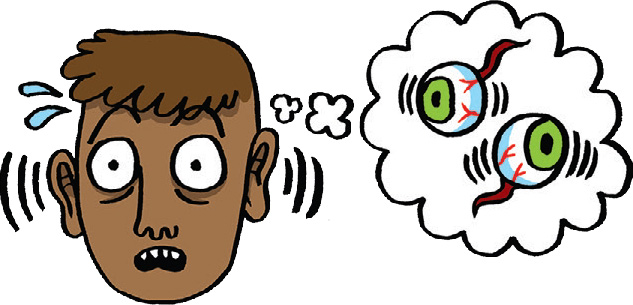
Do your ears hang low? Do they wobble to and fro? Can you tie them in a knot? Can you tie them in a bow? Well, the answer is . . . um . . . eventually? Just like your nose, your outer ears are made of cartilage, and they never stop growing!
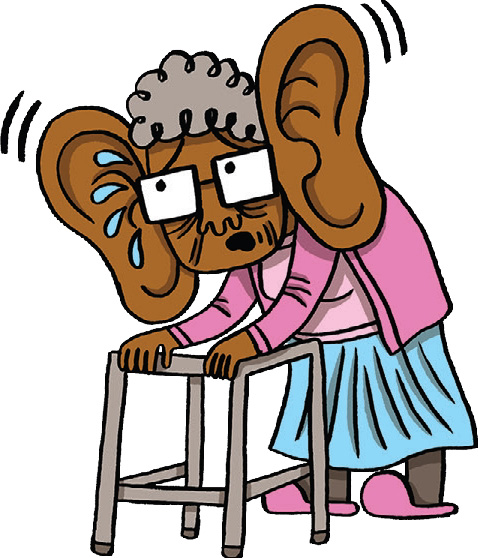

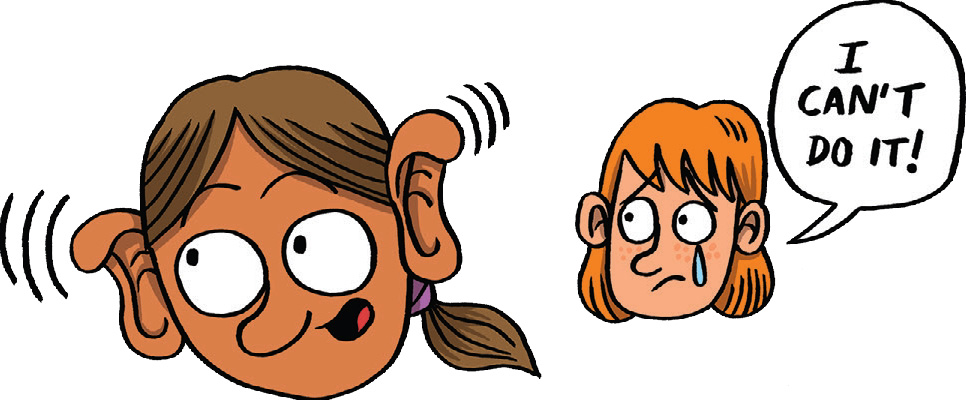
It’s been estimated that 10 to 20 percent of humans can wiggle their own ears! And of those people, some just can’t stop wiggling. There’s a condition known as moving ear syndrome.